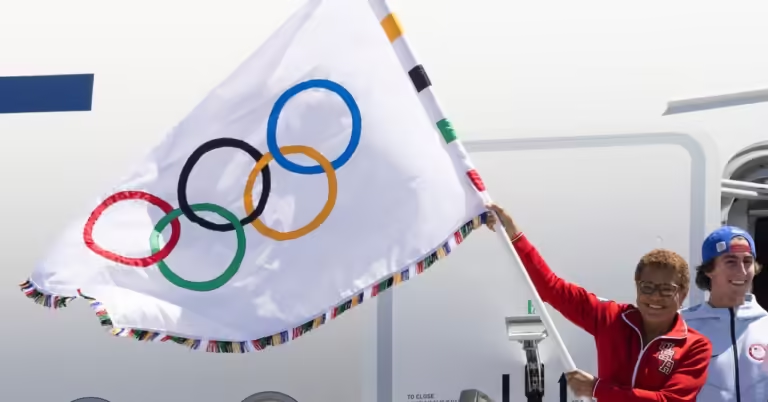What is beyond debate is that beginning in the mid-1940s, powerful social forces transformed Los Angeles, leaving commuters with only two options: car or public bus. As a result, Los Angeles was mired in gridlocked traffic that often took hours to cross the city.
In 1990, the Los Angeles Times reported that people were putting refrigerators, desks, and televisions in their cars to avoid being stuck in heavy traffic. Fall into ignorance To La La Landfeatured a new level of challenge: driving in Los Angeles.
Traffic was a concern when Los Angeles hosted the 1984 Summer Olympics, but the games went off without a hitch. Organizers convinced more than a million people to take buses and run lots of trucks during off-peak hours. But the 2028 Olympics will feature roughly 50% more athletes competing, plus thousands more coaches, family, friends, and spectators. So simply bringing back plans from 40 years ago just won’t work.
Olympic Transport Plan
Now, Los Angeles is slowly rebuilding a stronger public transportation system. In addition to buses, there are four light rail lines (the new name for electric streetcars) and two subways, many of which follow the same routes where the electric streetcars once ran. Because the old system was completely dismantled, rebuilding this network will cost the public billions of dollars.
Three major improvements are planned for the Olympics: First, Los Angeles’ airport terminals will be connected to the rail system, and the Los Angeles Organizing Committee plans to heavily rely on buses to get people around, by opening up some lanes of traffic to allow for more than 3,000 buses to be rented from other areas.
Finally, there are plans to permanently increase bike lanes in the city, but a major initiative, a bike path along the Los Angeles River, is still undergoing environmental review and may not be completed until 2028.
17-day car ban
Organizers hope they can achieve a car-free Olympics simply by making driving and parking conditions so bad during the Games that people are forced to take public transportation to the competition venues across the city. But after the Games are over, most of Los Angeles will likely quickly revert to car-centric life.
Casey Wasserman, chairman of the Los Angeles 2028 Organizing Committee, recently said, “What’s unique about the Olympics is that we have 17 days to work out a lot of the issues, setting rules around traffic, around fans, around commerce, over a period that’s longer than a normal day in Los Angeles.”

